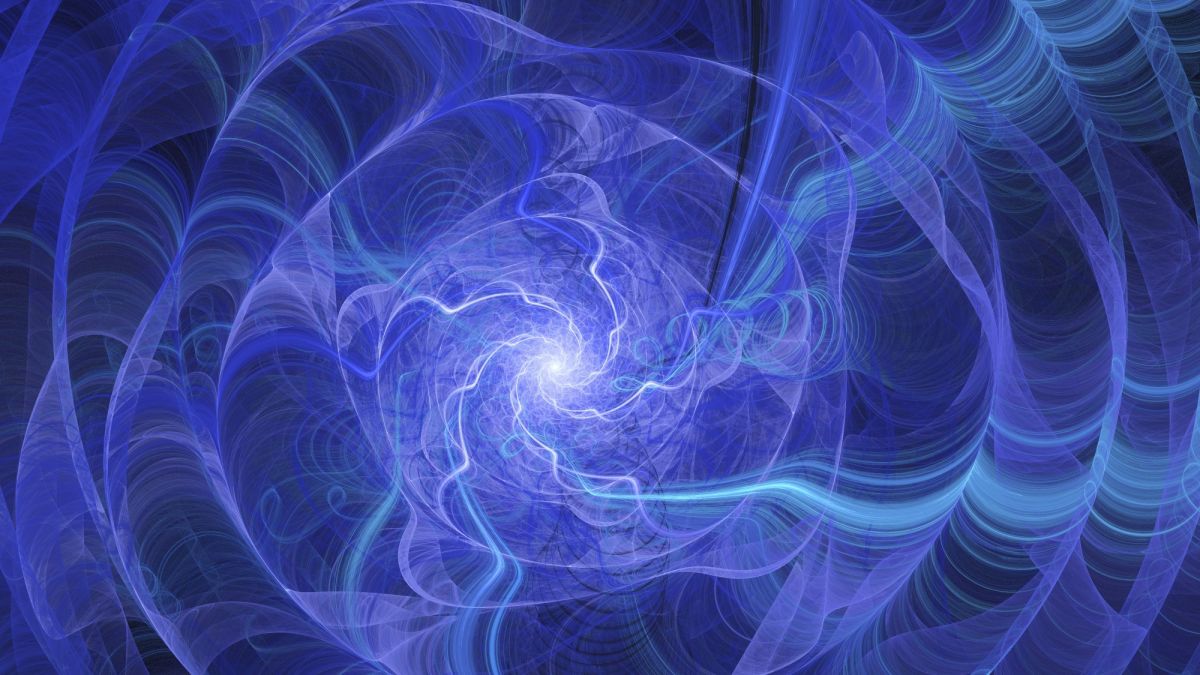
www.space.com
Can stringy physics rescue the universe from a catastrophic transformation?
A new understanding inspired by string theory shows that our universe may be more stable than we previously thought.
Science & Tech
Our universe may be fundamentally unstable. In a flash, the vacuum of space-time may find a new ground state, triggering a cataclysmic transformation of the physics of the universe.
Or not. A new understanding inspired by string theory shows that our universe may be more stable than we previously thought.
A broken universe
Within the first microseconds of the Big Bang, the universe underwent a series of radical phase transitions. The four forces of nature — electromagnetism, gravity, the strong nuclear force and the weak nuclear force — were at one time unified into a single force. Physicists do not know the character or nature of this force, but they do know that it didn't last long.
As the universe expanded and cooled, at first gravity split off from the remaining three. Then, the strong nuclear force became independent. Finally, the last two forces to split were electromagnetism and the weak nuclear force. That last splitting is actually within experimental reach: Within our largest particle accelerators, we can recreate the conditions of the early universe and achieve the energies needed to (briefly) recombine those two forces.
Since then, everything's been pretty stable. The four forces of nature have stayed the four forces of nature. Fundamental particles coalesced to form nuclei, atoms and molecules. Eventually, stars were born and planets arose from their ashes. The past 13.8 billion years have been outright boring compared with the first few microseconds of the Big Bang.
Shifting sands
But the apparent stability of the universe due to its long lifetime may be an illusion. Each of the phase transitions that occurred in the infant cosmos completely reworked the nature of reality, with the old order wiped away and new forces and new particles appearing to replace them.
Scientists can assess the current stability of the vacuum of space-time by measuring the mass of the Higgs boson. The Higgs boson permeates all of space and time, and it plays a very important role. Besides providing mass for many fundamental particles, it also does the work of driving a wedge between the weak nuclear force and the electromagnetic force. In other words, in the early, hot, dense universe, the Higgs stayed in the background, allowing the two forces to merge. But as the universe cooled, the Higgs gained strength and separated the two. (What mechanism separated the other forces of nature is an ongoing direction of modern-day physics research.)
It's obvious that the universe is not unstable; otherwise, it likely would have transitioned to a new reality long ago. But the mass of the Higgs can tell us if the universe is fully stable or merely metastable, meaning it's stable for now, until something causes a random phase transition.
Current measurements of the Higgs' mass indicate that we are right on the line: The universe appears to be metastable and could tip over into a new phase transition at any moment.
To say that a phase transition to a new ground state of the vacuum of space-time would be catastrophic would be an understatement. At some random point, a random quantum fluctuation could trigger the phase transition. From there, it would spread like an expanding soap bubble. Outside the bubble, life and the universe would proceed as normal. But inside the bubble, a completely new set of physical laws would appear.
Considering our entire existence depends on the stability of the laws of nature — the arrangement of the forces and the zoo of known particles — if the phase transition washed over us, we would simply … disappear.
























































